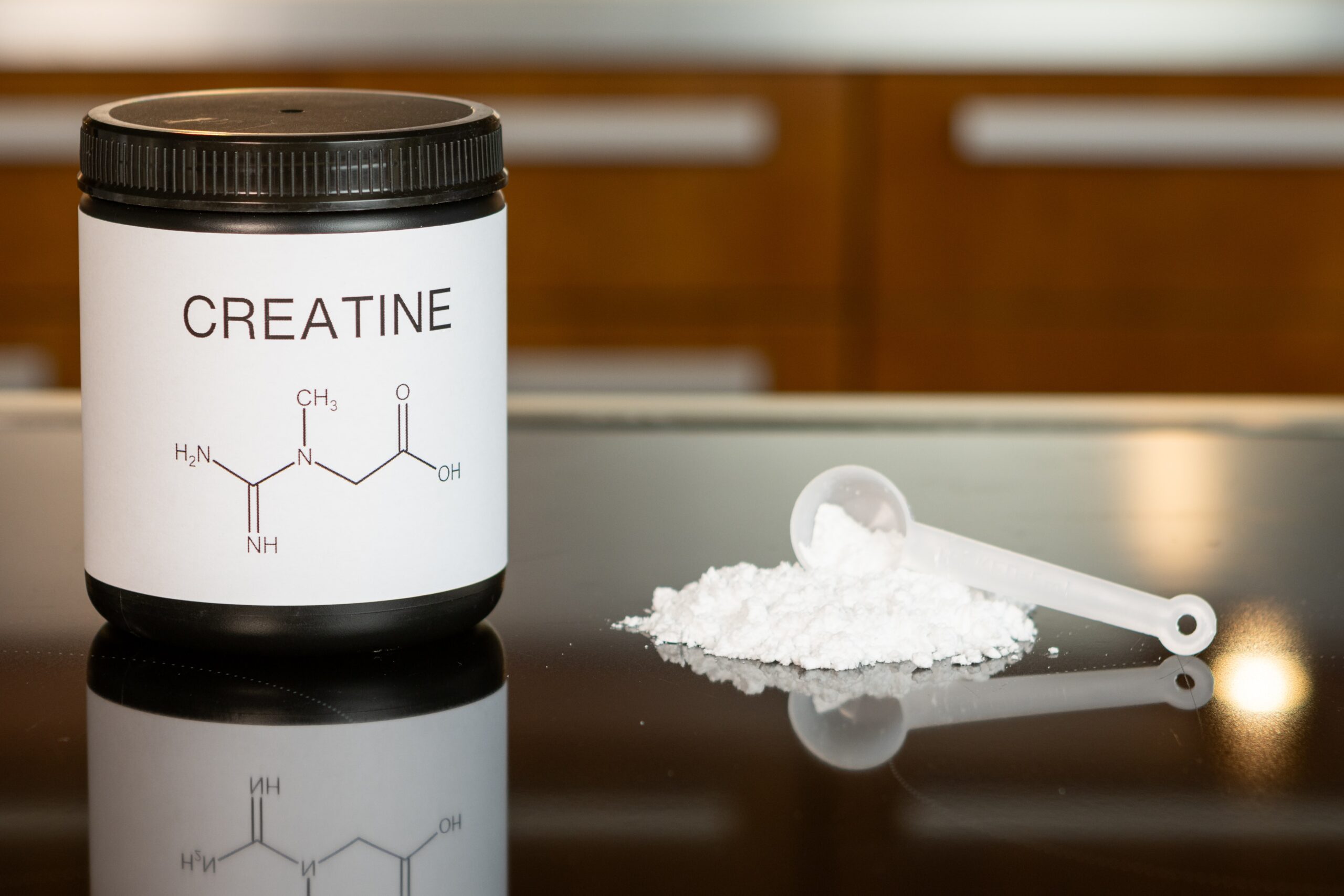By: Nicholas Williams
Creatine, the “Natural Anabolic”- some hold this phrase true while others do not.
While this statement is subjective, the benefits of this supplement are time-tested true as it is the most studied sports-supplement. As helpful as it may be, few know exactly what it does and how it works in our bodies.
Most commonly, creatine is taken to improve muscular growth and performance. However, a 2019 study suggests that it can aid in cognitive function, especially short-term memory. While long-term cognitive effects remain unknown, studies are continuously being conducted.
Susquehanna athletic trainer, Michael Welgosh, said that creatine is proven to be effective for strength and power athletes. Along with its almost non–existent side-effects, Welgosh says that it can allow athletes and gym goers to have a greater “return on their investment” while training. Welgosh also stressed the importance of understanding how it works within our bodies.
Creatine is a natural amino acid and is found in our bodies and diet. Our liver, pancreas, and kidneys combined produce roughly one gram daily, according to the Mayo Clinic. Along with that, creatine is found in seafood and red meat, which is where most people get it from.
Our bodies use creatine to produce creatine phosphate, which is then used to produce adenosine triphosphate (ATP). ATP is basically pure energy, and our bodies use it for explosive exercise. Along with this, it also helps to pull more water into our muscles, which improves hydration and increases size. The most common side effects of creatine are bloating and indigestion.
Susquehanna senior Matt Schiccatano, 22, has taken creatine for the last four years. He reports seeing a slight increase in both muscular endurance and strength over that time. Along with that, Schiccatano said he observed random muscular occasionally. He did state that those days he felt that he did not drink enough water.
From a survey of 22 Susquehanna student gym-goers, 12 reported taking the supplement and understanding how it works in our bodies. Of those 12, only nine knew where creatine was found naturally.
According to Holland and Barrett, there are currently 11 forms of creatine. The main difference between all of them the absorption rate in our bodies. Of the different types, monohydrate is the most studied and proven to be the most efficient.
Per the Cleveland Clinic, it is recommended that you take three to five grams daily.
























